- In an attempt to minimize postoperative discomfort while maintaining the benefits of saphenous vein ablation, RF alternating current has been employed to effect rapid thermic electrocoagulation of the vein wall and its valves.
- Ligation of the GSV at the saphenofemoral junction has been widely practiced in the belief that it would control gravitational reflux while preserving the vein for subsequent arterial bypass.
- Over the years, surgical treatises have devoted a great deal of space to clinical examination of the patient with varicose veins. Numerous clinical tests have been described, many of which carry the names of famous persons interested in venous pathophysiology.
Latest Updates
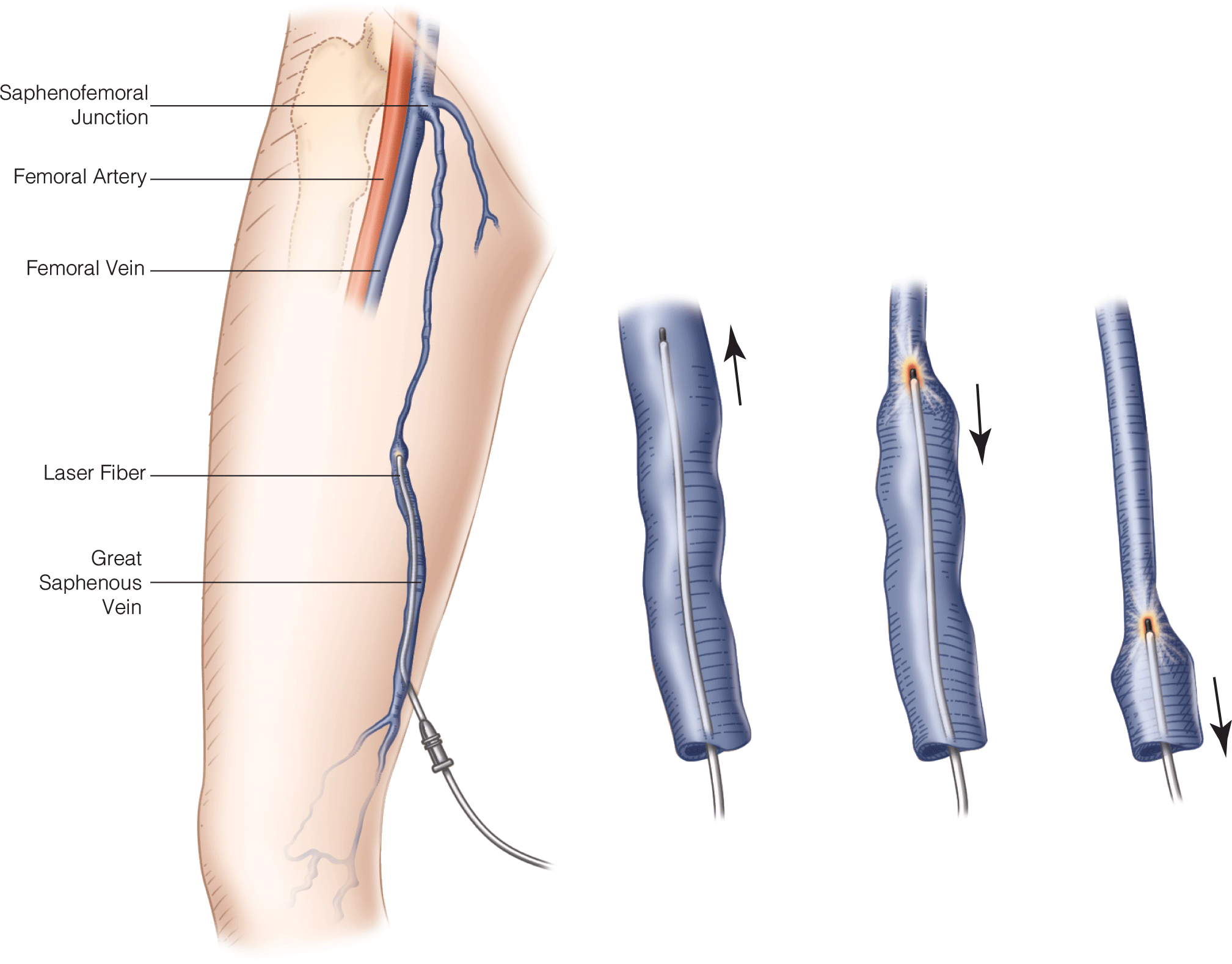

- In an attempt to minimize postoperative discomfort while maintaining the benefits of saphenous vein ablation, RF alternating current has been employed to effect rapid thermic electrocoagulation of the vein wall and its valves.
- Ligation of the GSV at the saphenofemoral junction has been widely practiced in the belief that it would control gravitational reflux while preserving the vein for subsequent arterial bypass.
- Over the years, surgical treatises have devoted a great deal of space to clinical examination of the patient with varicose veins. Numerous clinical tests have been described, many of which carry the names of famous persons interested in venous pathophysiology.

Complications Following Bariatric Surgery
- Bariatric surgery is the most effective therapy for obesity and associated metabolic diseases
- 200,000 bariatric procedures are performed annually in the US with an overall low complication rate
- Laparoscopic sleeve gastrectomy and Roux-en-Y gastric bypass are the most commonly performed procedures and each have unique complication profiles
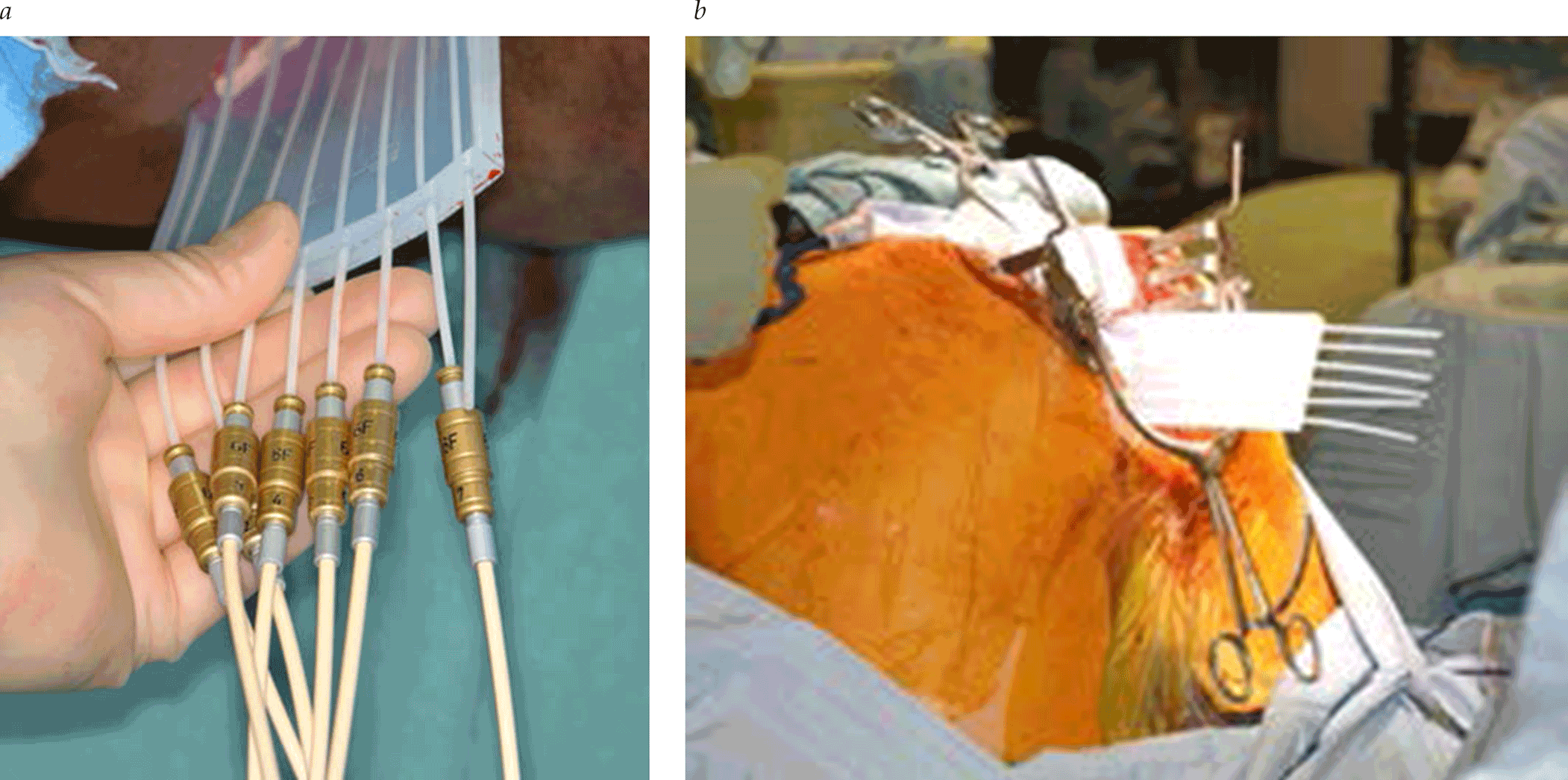
Advanced and Recurrent Rectal Cancer
- Patients with colorectal cancer, due to increased age and exposure to neoadjuvant therapy, are likely to have or obtain functional deficits prior to surgery. Optimizing patients is crucial for minimizing postoperative complications after radical resections. It has been established that patients with poor physical fitness experience a greater number of complications after surgery, are at greater risk for death, and have a significant delay in regaining their baseline functional status. Prehabilitation is an increasingly studied novel approach to patient optimization through a process of increasing functional capacity prior to colorectal surgery. Several small studies have shown beneficial functional outcomes, although the clinical impact, as far as decreased morbidity and mortality, has not been clearly demonstrated.
- With an aggressive multidisciplinary approach, the overall 5-year survival rate of LRRC is 25 to 67%. The quality of the surgery has a large impact on patient survival; therefore, an aggressive surgical strategy to gain a negative resection margin is vital to patient outcomes
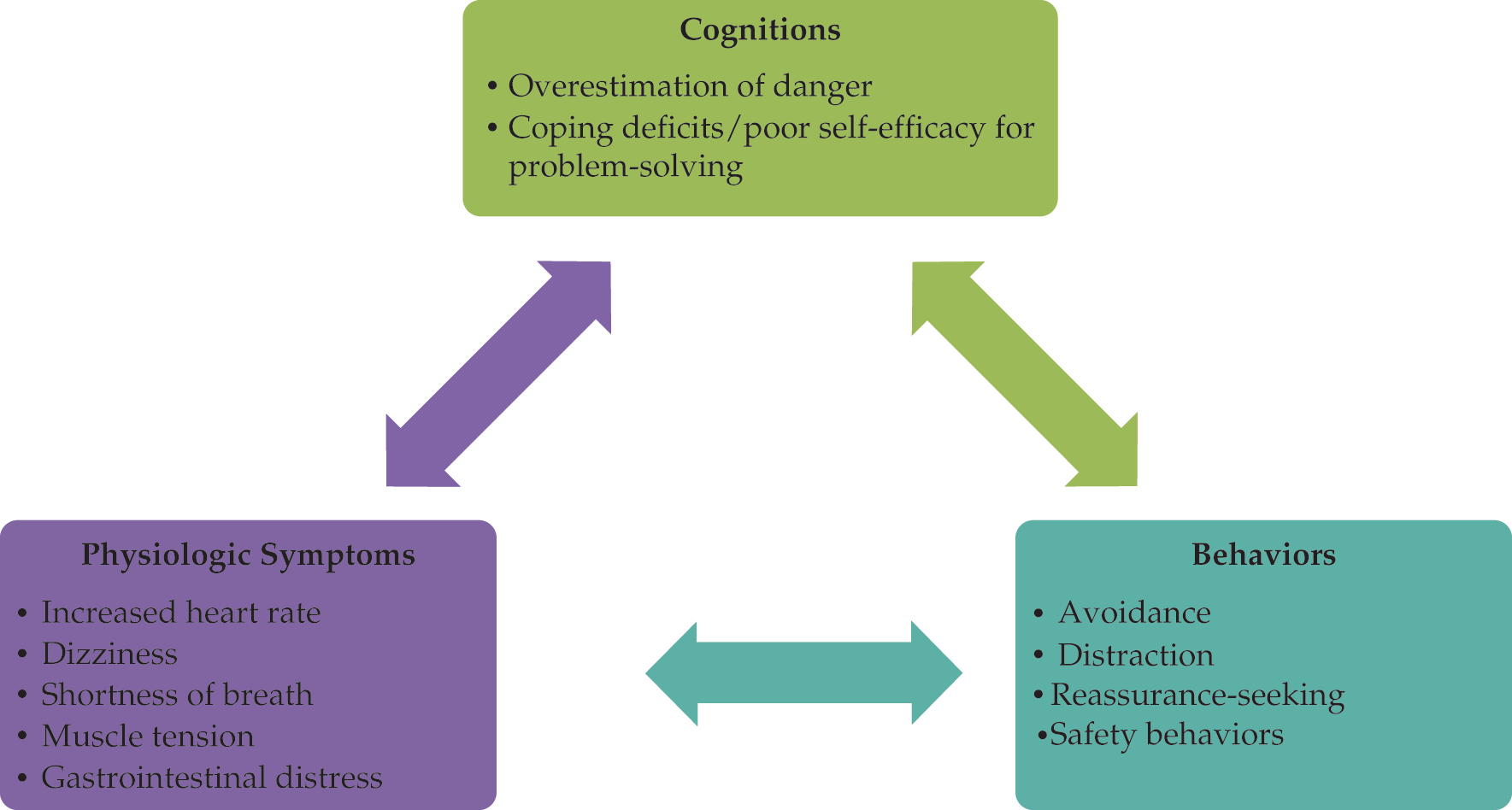
Clinical Management of Anxiety Disorders
- Identification of major anxiety disorders observed in adults according to the DSM-5
- Description of physiologic, cognitive, and behavioral components of anxiety and their relevance to diagnosis and treatment
- Review of cognitive-behavioral treatments and their efficacy for anxiety disorders in adults
- Review of pharmacologic treatments and their efficacy for anxiety disorders in adults

Advanced and Recurrent Rectal Cancer
- Patients with colorectal cancer, due to increased age and exposure to neoadjuvant therapy, are likely to have or obtain functional deficits prior to surgery. Optimizing patients is crucial for minimizing postoperative complications after radical resections. It has been established that patients with poor physical fitness experience a greater number of complications after surgery, are at greater risk for death, and have a significant delay in regaining their baseline functional status. Prehabilitation is an increasingly studied novel approach to patient optimization through a process of increasing functional capacity prior to colorectal surgery. Several small studies have shown beneficial functional outcomes, although the clinical impact, as far as decreased morbidity and mortality, has not been clearly demonstrated.
- With an aggressive multidisciplinary approach, the overall 5-year survival rate of LRRC is 25 to 67%. The quality of the surgery has a large impact on patient survival; therefore, an aggressive surgical strategy to gain a negative resection margin is vital to patient outcomes
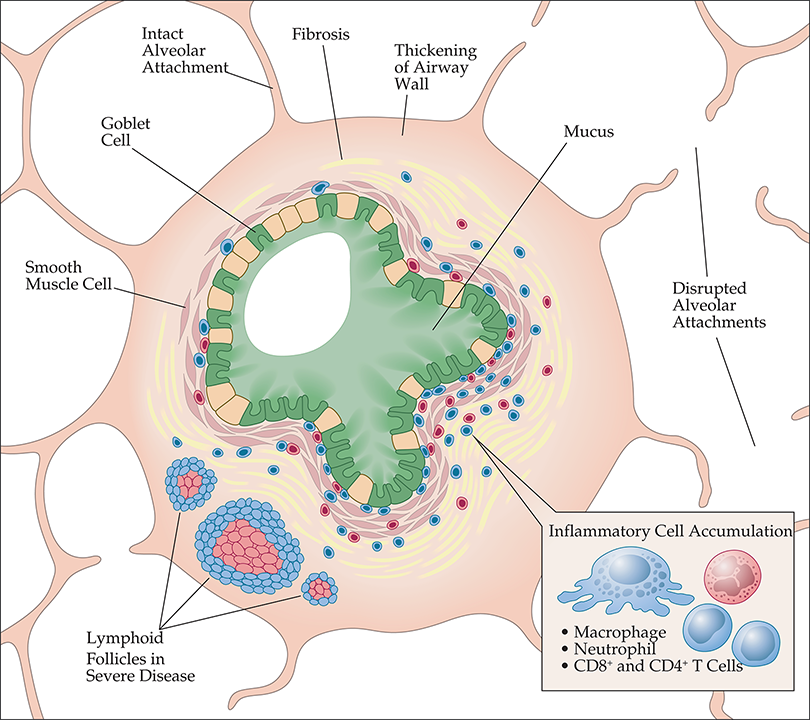
Chronic Obstructive Pulmonary Disease
- 2020 ATS and 2019 CTS practice guidelines delineating pharmacologic management of COPD.
- Introduced the new Global Initiative for Chronic Obstructive Lung Disease (GOLD) Combined COPD Assessment using symptoms of breathlessness, spirometric classification, and risk of exacerbation to evaluate patients with chronic obstructive pulmonary disease (COPD) and guide treatment
- Epidemiology section updated to reflect new data suggesting a decline in the age-adjusted prevalence of COPD, likely as a result of decreased smoking rates
- Multiple new common genetic risk factors associated with COPD described, including a recently discovered functional genetic variant
- Discussion about the long-term care of patients with COPD extensively revised to include the most recent trials assessing indications for long-acting inhaled bronchodilators and inhaled corticosteroids, among other therapies
- Recent evidence supporting lung cancer screening in patients with COPD reviewed
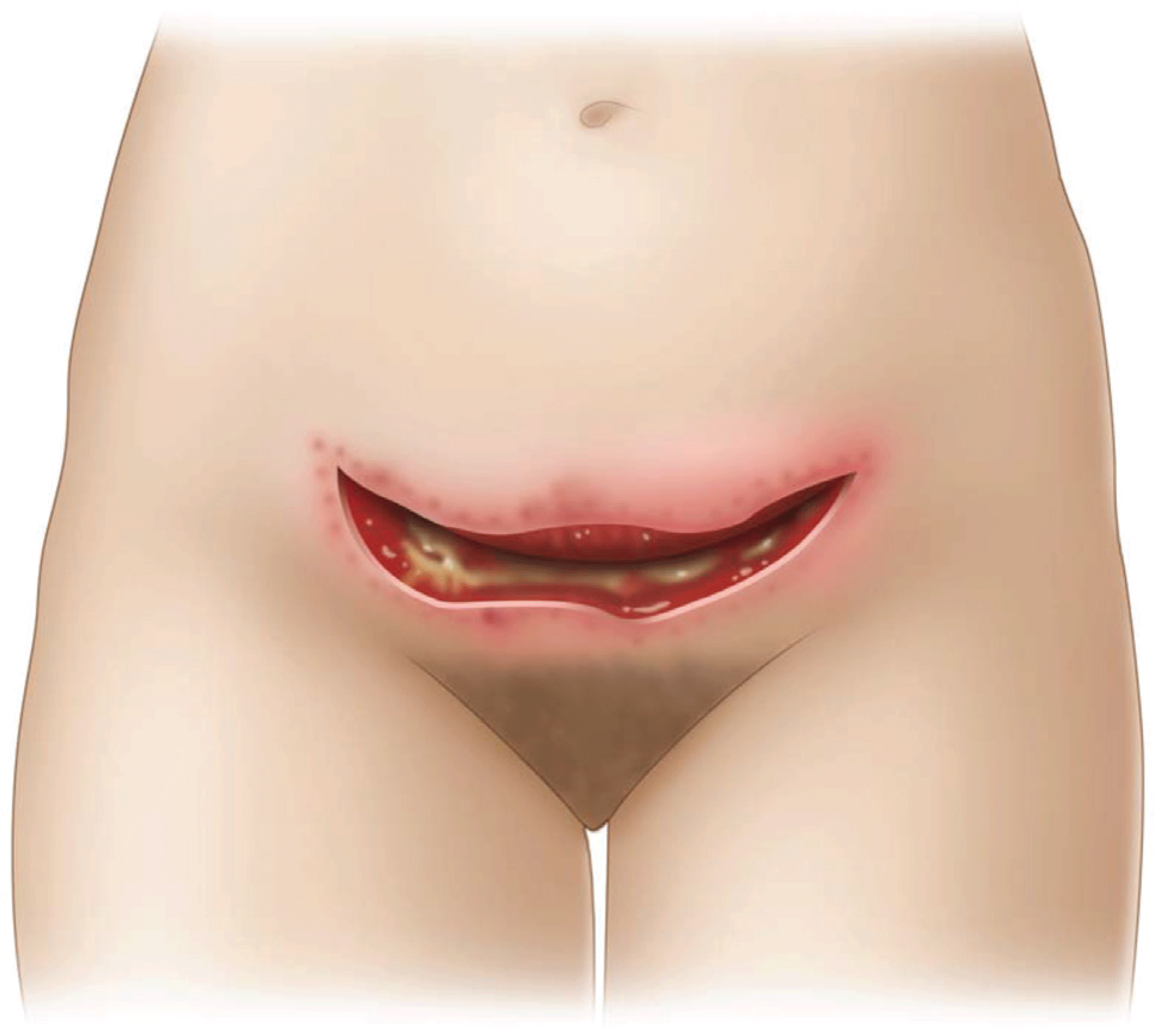
Scientific Foundations: Infection Control in Surgical Practice
- For patients undergoing surgical procedures requiring the implantation of foreign bodies, colonization with MRSA should be assessed. Hospitalized hemodialysis patients and their health care workers are frequently colonized.
- Updated CDC diagnostic criteria for surgical site infection, catheter-associated urinary tract infection, central line–associated bloodstream infection, and ventilator-associated pneumonia
- Although no single surveillance system captures all HAIs that occur within US acute care hospitals, recent Centers for Disease Control and Prevention (CDC) estimates suggest that 648,000 patients experienced at least one HAI during their hospital stay in 2011. This represents 4.0% of the hospitalized population. Among surgical patients, the rate of reported HAIs is even higher at 10.6%


.png)







